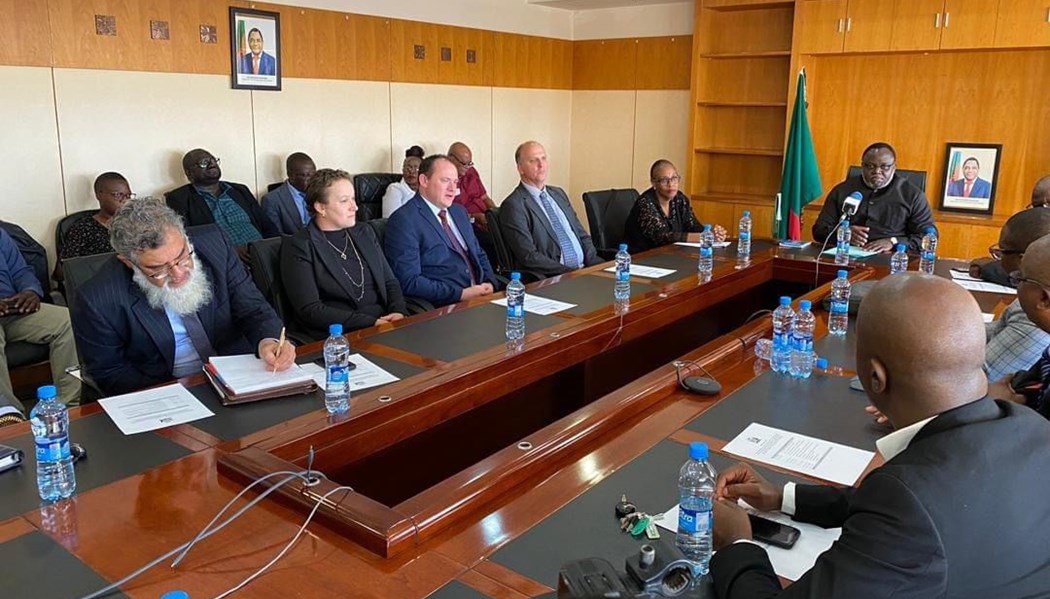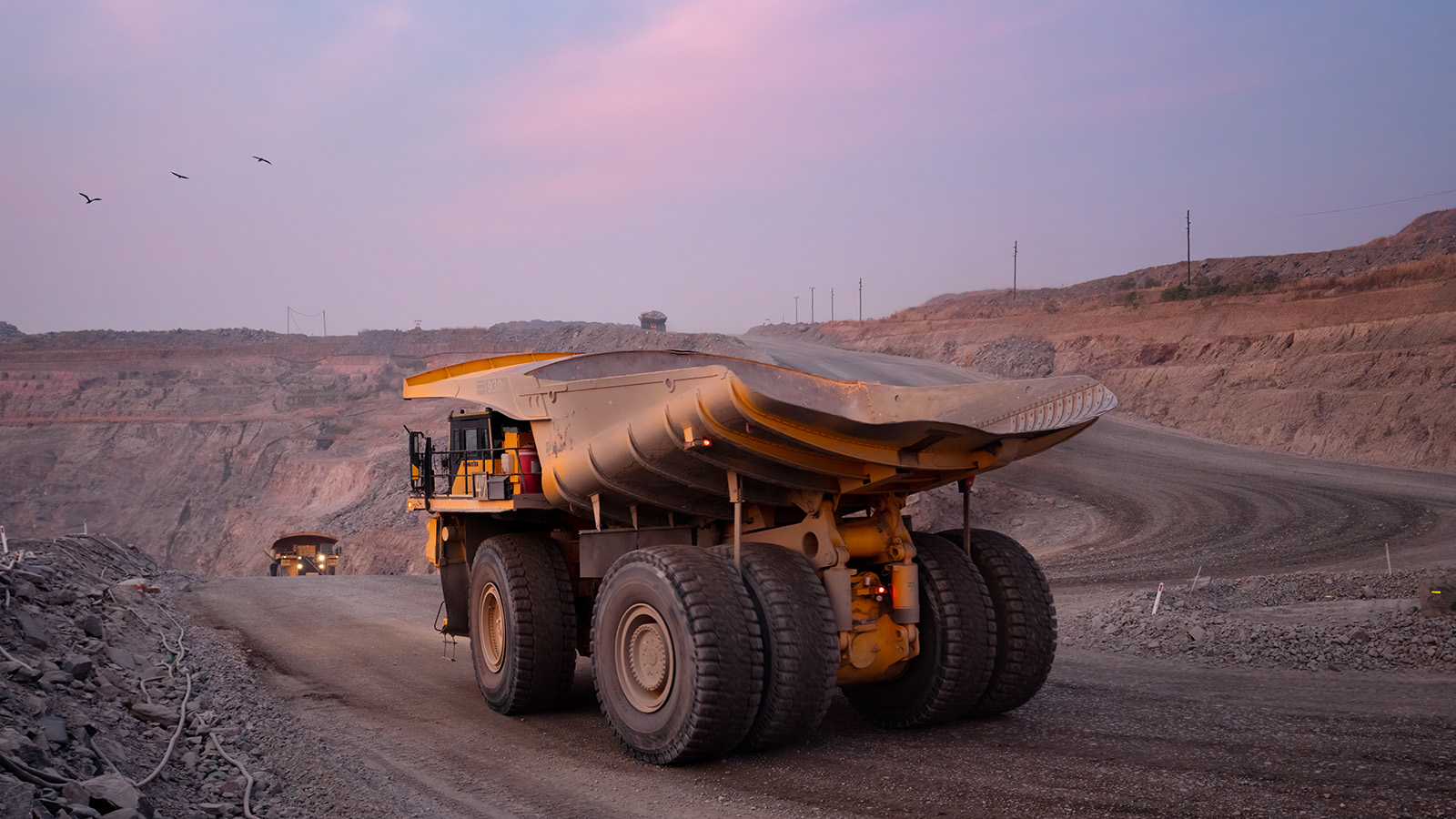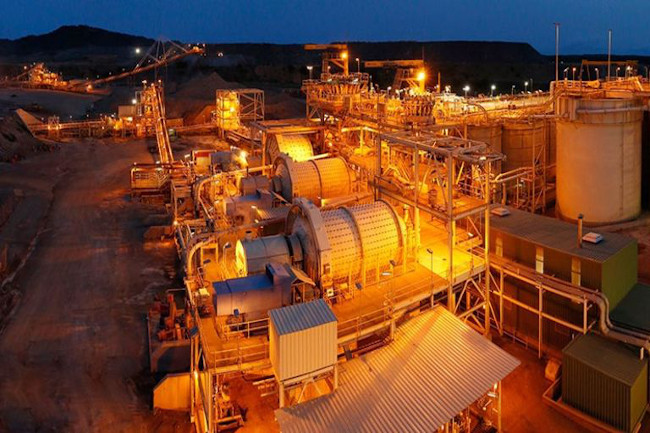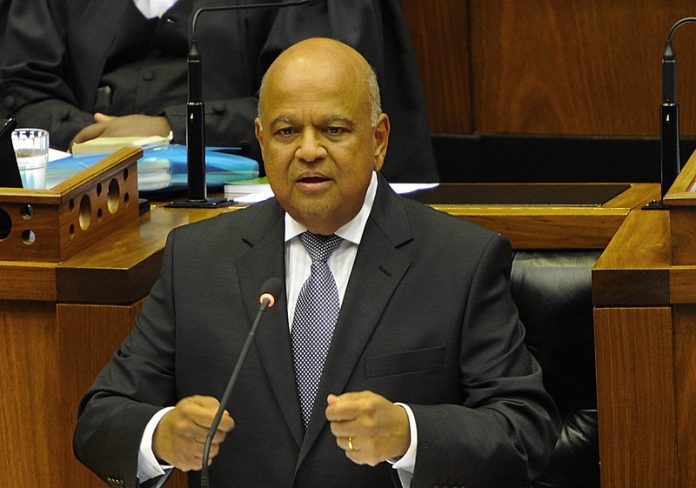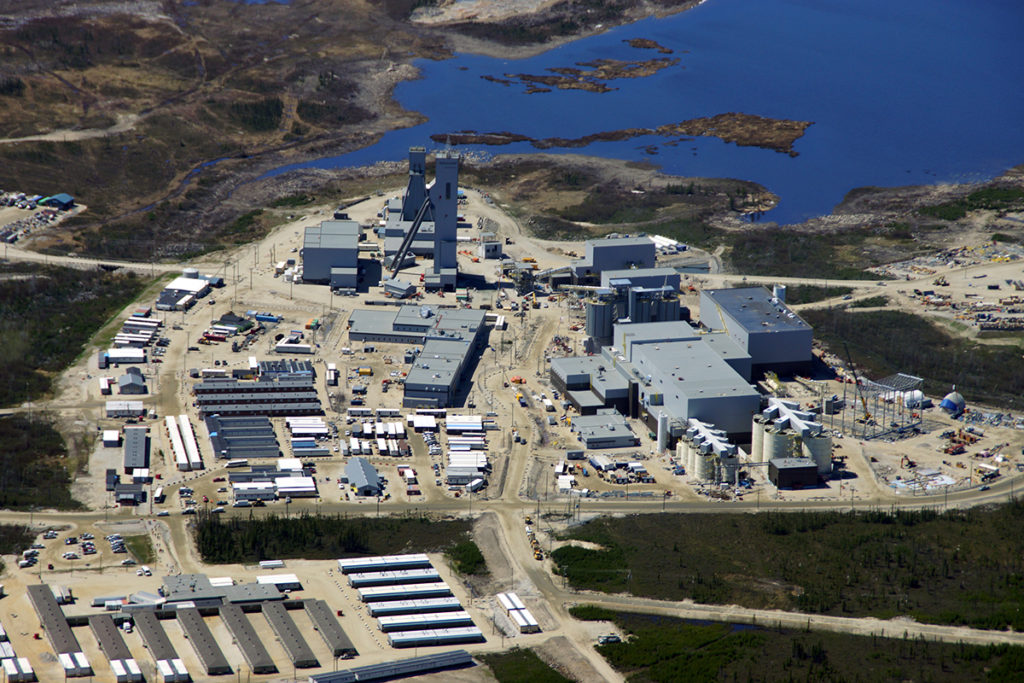Mining Other

Minerals Council optimistic about ongoing MPRDA review

In an opinion piece published on December 13, he points out that the review of the Mineral and Petroleum Resources Development Act (MPRDA) presents a rare opportunity to create a well-considered and shared vision of a thriving mining industry that can benefit future generations.
He believes more investment in exploration, mine development and operating mines can be encouraged through policy changes, especially as many mineral and metal sectors need to transition to a low-carbon future and new technologies.
Moreover, Mthenjane says the environment to discover and extract minerals such as platinum group metals, manganese, chrome, vanadium and gold is one in which it is difficult for investors to lay out the large sums of capital needed for exploration.
He cites Statistics South Africa’s finding that expenditure on mineral exploration in the country declined by 8.1% every year between 2015 and 2023. Over the same period, overall real fixed investment by the mining sector increased by a mere 0.7% every year.
Much of the investment was to sustain current operations, not build new mines to increase capacity.
“The department’s review of the MPRDA is the moment to implement a pragmatic revision of the regulations and underlying policies that have stifled prospecting and new mine development because of uncertainty in the regulatory environment and concern about security of tenure,” Mthenjane says.
Without a pipeline of new mineral deposits, the mining industry has a finite future and one of diminishing importance to the economy and employment.
Positive, however, is government’s intention to introduce a modern and transparent mining cadastre by June next year to better manage prospecting and mining rights, as well as applications. This will eliminate overlapping rights and applications to mine minerals on existing mining tenements and relieve pressure on the limited staffing capacity within DMRE.
This will help provide security of tenure to the industry, which is a fundamental requirement for investors.
Mthenjane highlights that there is a concern in the local mining industry that the department may use the opportunity of splitting out petroleum resources from the MPRDA to revisit mining regulations, introduce damaging clauses that have negative unintended consequences, and, possibly, to address setbacks it suffered in earlier court judgments.
This includes the judgment that ruled the Mining Charter is a policy document, with various clauses set aside, and that there are enduring consequences from historic empowerment deals.
“This means past [empowerment] transactions do not have to be replaced or topped up.
"The industry believes it has dealt with the issue of once-empowered, always empowered through the courts and that it must be clear in any new iteration of the Act,” Mthenjane explains.
The industry is operating under the third charter, with each iteration since it was first introduced in 2004 shifting the goal posts and creating uncertainty in the industry about the operating environment.
It is more important than ever that ideological considerations and any intentions to settle old scores are set aside for the greater good of creating a conducive, flourishing, and attractive mining sector for local and international investors, Mthenjane emphasises.
He adds that the focus should be to promote inclusive growth, job creation and increased tax generation and foreign exchange earnings for the country.
A thriving mining industry that is growing has upstream and downstream benefits for other industrial sectors, including manufacturing and construction.
“A growing mining sector will lead to greater demand for machines, equipment and products, and boost the production of more metals and minerals that could supply local manufacturers to add value to our spectacular mineral wealth.
“Hence, any attempt by the government to force the mining sector to sell minerals and metals exclusively into the domestic market through the imposition of developmental pricing and export taxes or export quotas will not render mining attractive to investors,” Mthenjane explains.




